Out of the way units: Alibates Flint Quarries National Monument
For the month of June, we thought it would be fun to have a series of blogs about some of the more unusual or off the beaten path national park units. The first: Alibates Flint Quarries National Monument in Texas.
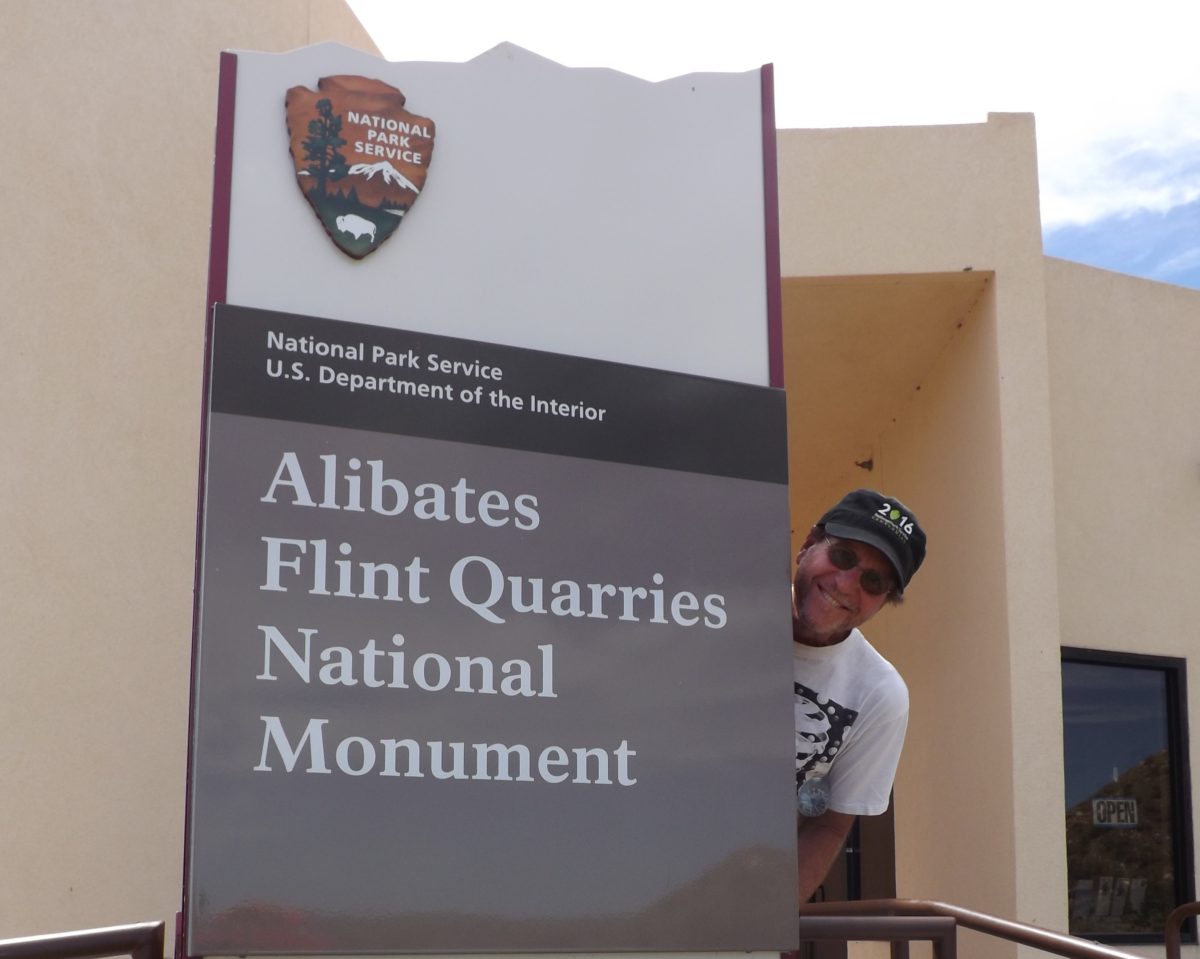
What is Alibates?
What is Alibates? We have to admit that we didn’t know anything about this national park unit. We just saw it on the map and since we were somewhat in the area, we decided to visit. The only thing we knew was that you should have a reservation for the tour and that the visitor center was a bit difficult to get to. But once we got there, we were happy we took the time.
Alibates Flint Quarries National Monument
First thing, the pronunciation. It’s Ali (like Mohammed Ali) and Bates. This is the name of the local cowboy – Allie Bates – who was foreman on the ranch that included the quarry site and acted as the guide that introduced a Smithsonian geologist to the area. The geologist started calling the place Alibates and the name just stuck.
Native Americans knew about this place for years; in fact, the area has some of the richest archeological history in Texas. Evidence of humans goes back some 13,000 years. Tools and weapons made of Alibates flint have been found from Montana to Central Mexico, and east to the Mississippi river area!
Alibates Flint
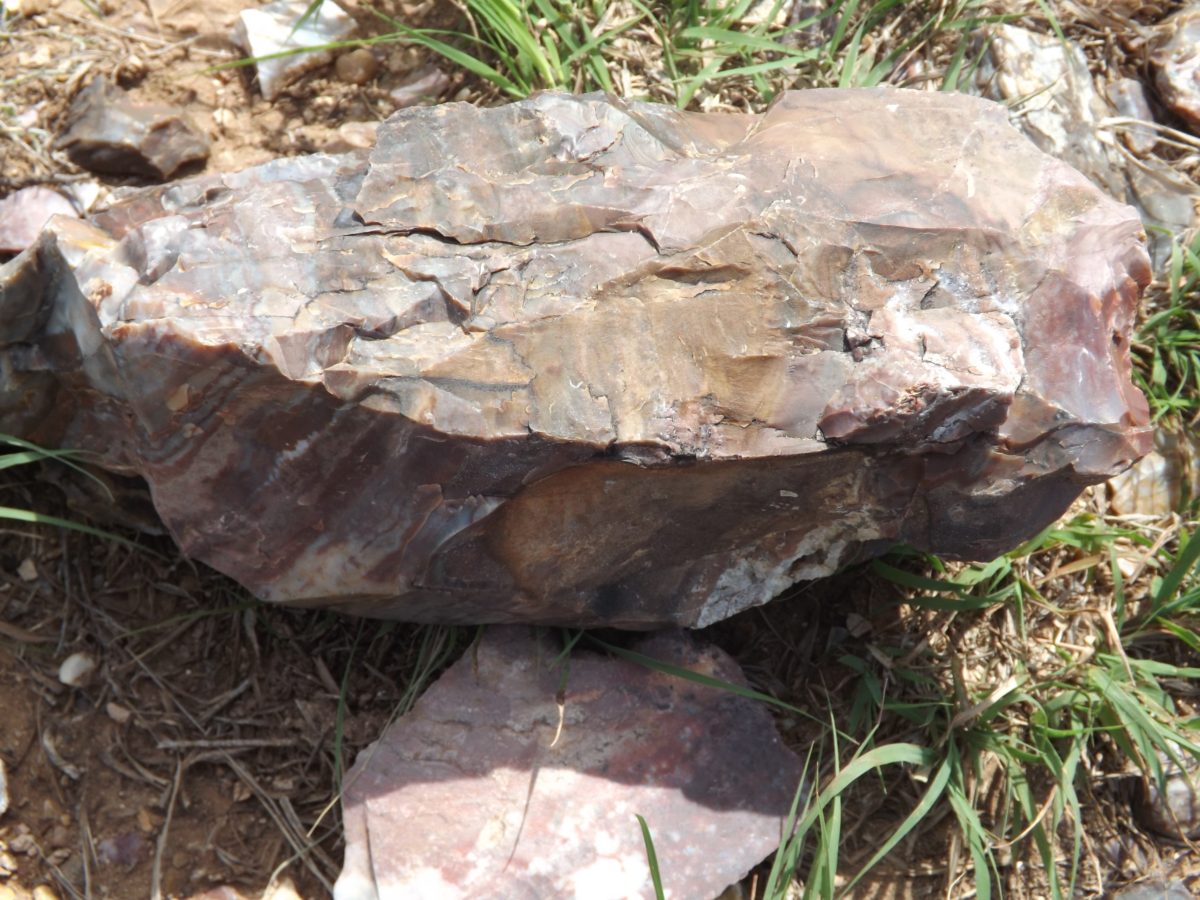
Researchers aren’t totally sure what makes this stone so special. Many think it was the beautiful colors, but regardless of the reason, this stone was highly prized for centuries. When you visit, you can see evidence of where there were quarries – small pits with debris that the ranger will identify as used in the making of tools. In some places, you could even pick up a small stone to work (but don’t, it’s illegal to remove anything from a national park).
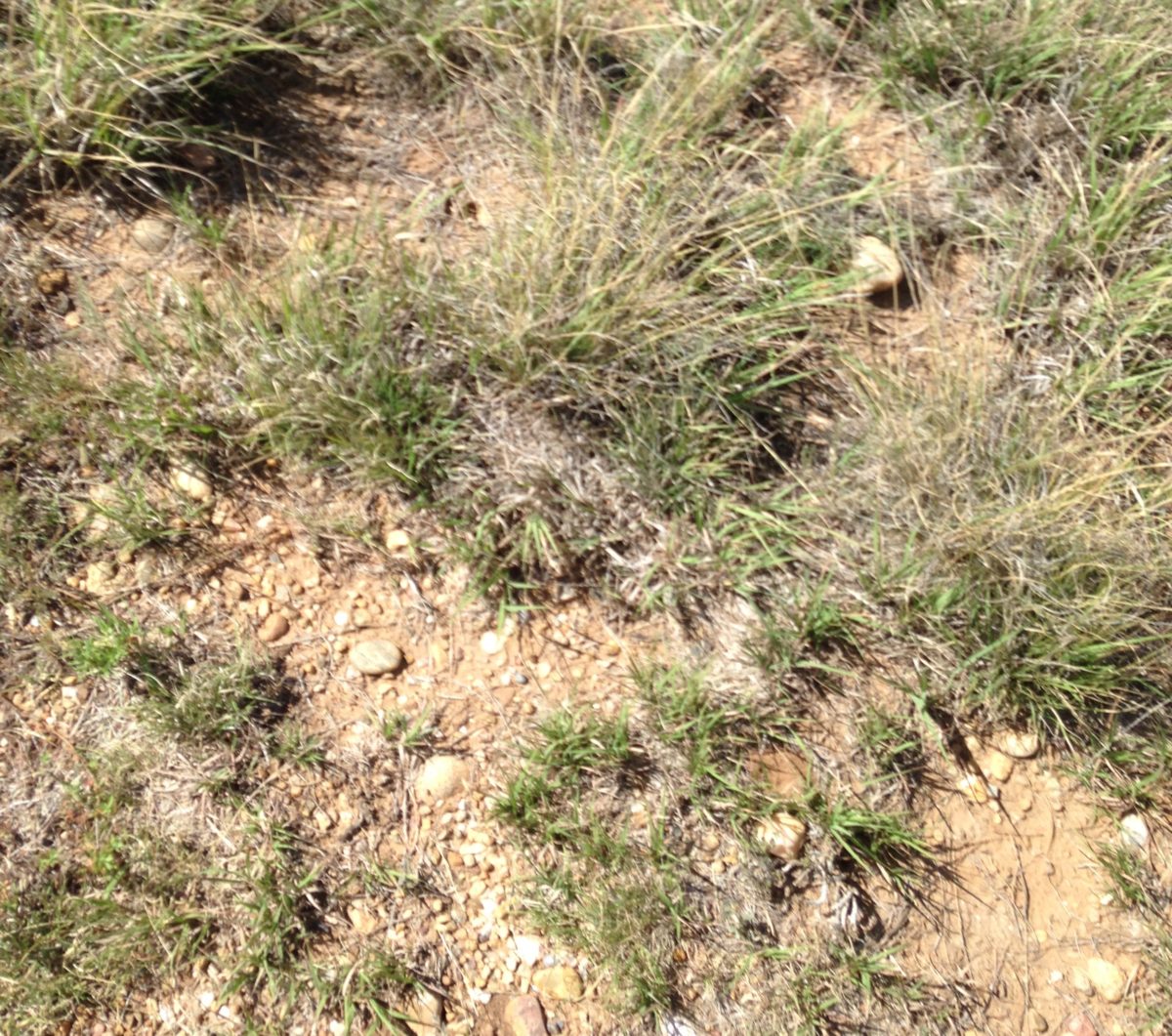
The park ranger demonstrations at the visitor center will show you how projectile points were made. They take a rock, break it just right to shape it and then chip away at the edges until they have a perfect spear point or arrow-head. Pointed and lethal; it is harder than steel.
The visitor center also has some exhibits and a pretty good movie. There is a small nature trail but the main attraction is the ranger-led tour of the quarries. It takes about 2 hours. You drive with the ranger out into the hills. It’s a beautiful area with red cliffs and the Canadian River off in the distance.
Once there, the ranger takes you on a 1 mile trail; they point out the rocks and the quarries, and explain the history and the process. It is really interesting, but without the ranger as a guide we sure wouldn’t have known what we were looking at.
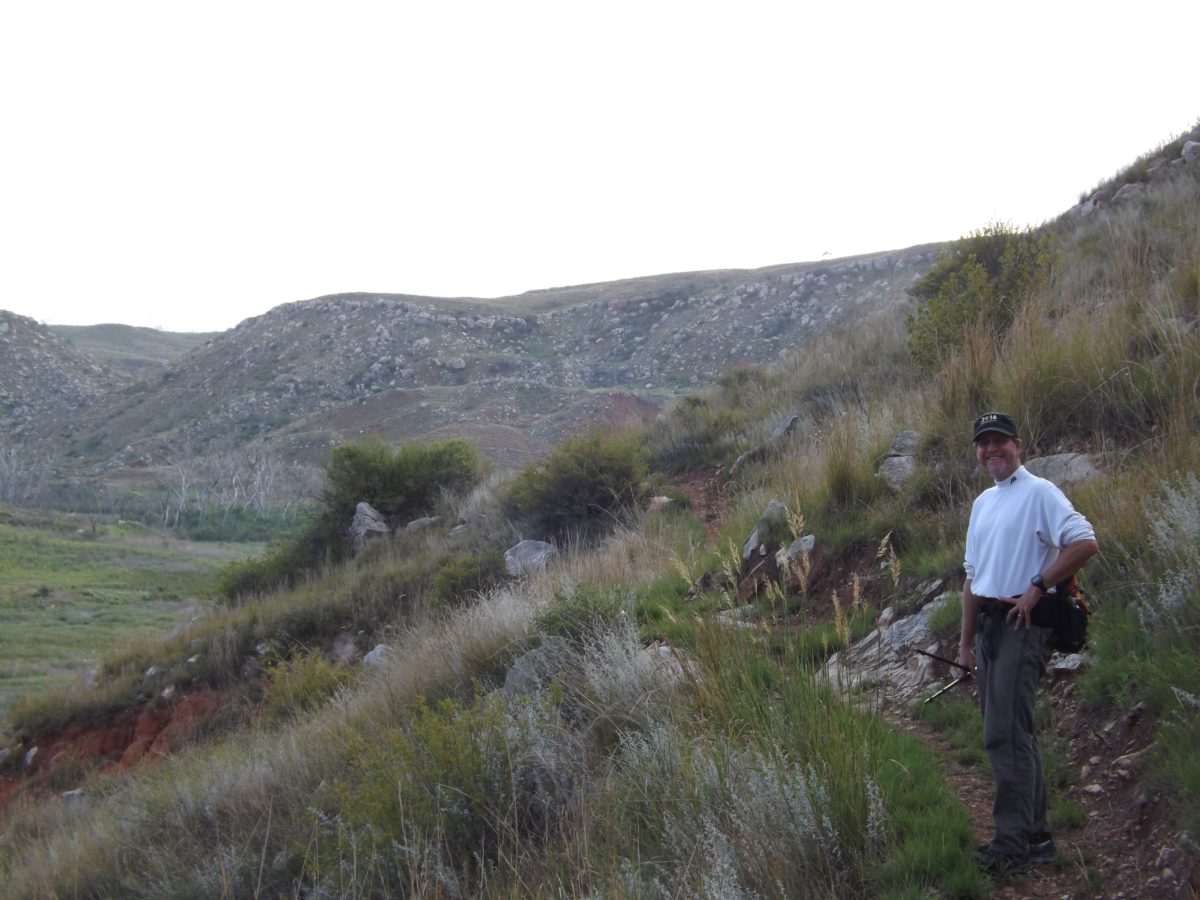
It is recommended that you get an advance reservation; just give them a call. They do not do tours in the winter months and the summer gets really hot out there, so you will want to plan your visit at the right time of year.
Where is Alibates?
Alibates is 35 miles north of the Interstate 40 at Amarillo. Don’t miss the Coyote Bluff Cafe if you stop in Amarillo. The burgers are amazing and it is a really cute place. You might also visit Palo Duro Canyon – the “grand canyon of Texas” – while you are in the area.
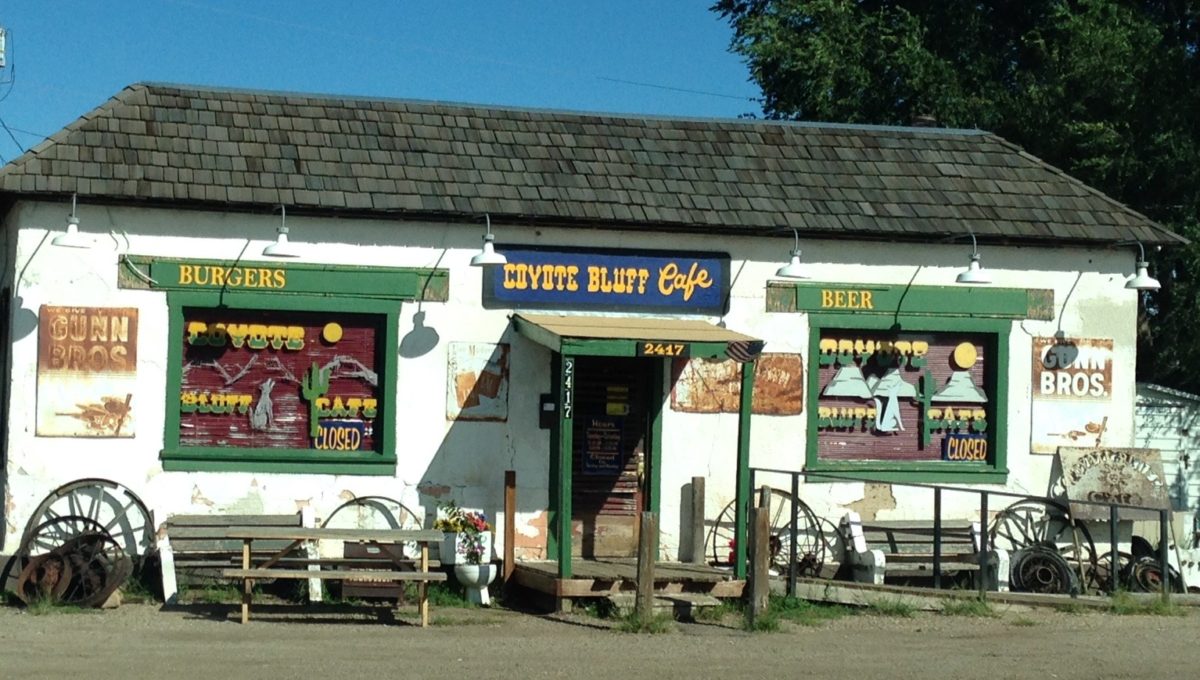
Alibates is one of the least visited national park units, even though it is right on the edge of Lake Meredith National Recreation Area, one of the most visited places in Texas.
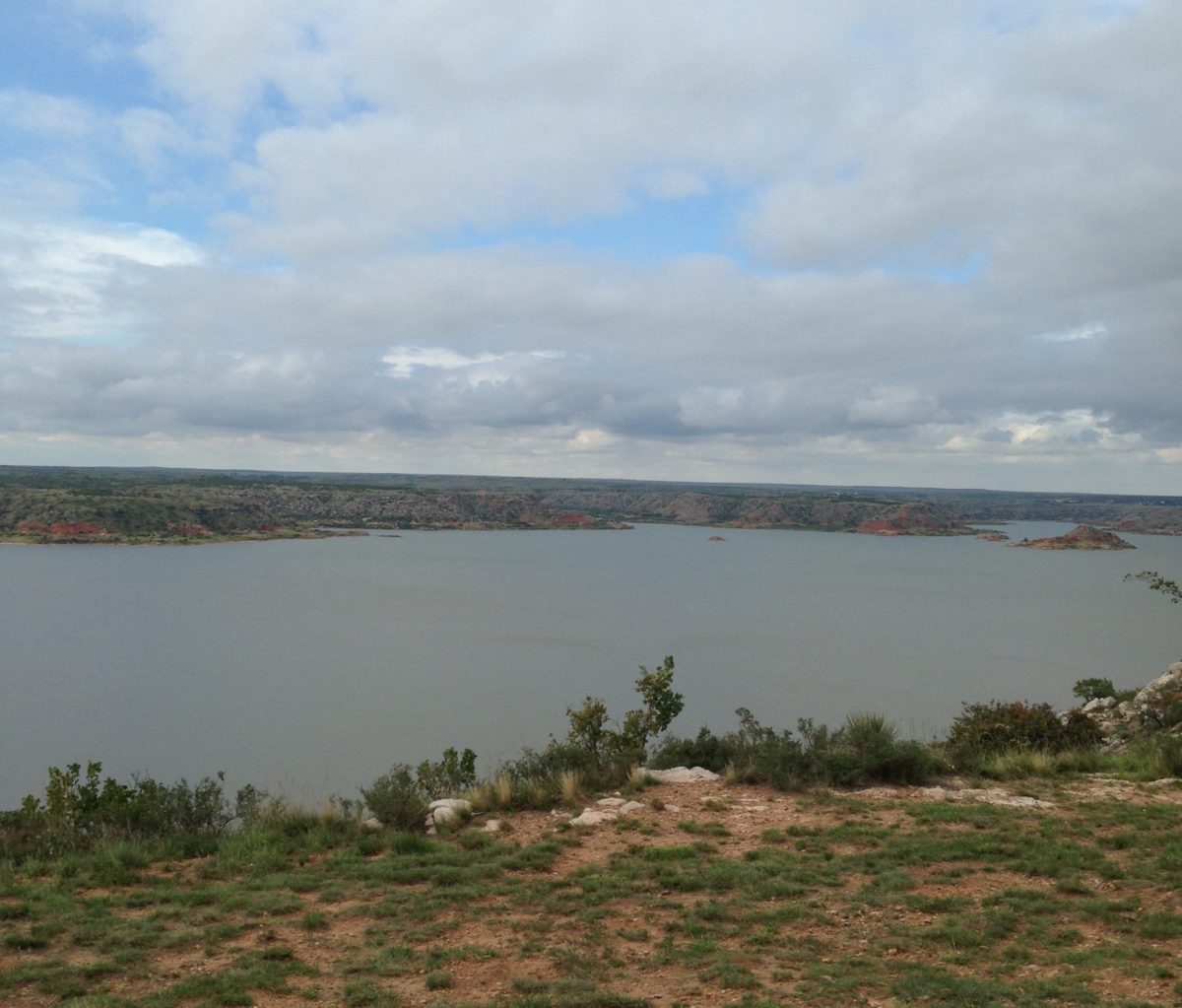
Alibates was the first National Monument in Texas. It was originally named Alibates Flint Quarries and Texas Panhandle Pueblo Culture National Monument on August 31, 2965, but the name was shortened in 1978.
This summer, if your plans take you across the Interstate 40, you may want to plan a short detour to visit Alibates Flint Quarries National Monument. Learn a bit of history and geology!
#FindYourPark
#SeeAmericaFirst
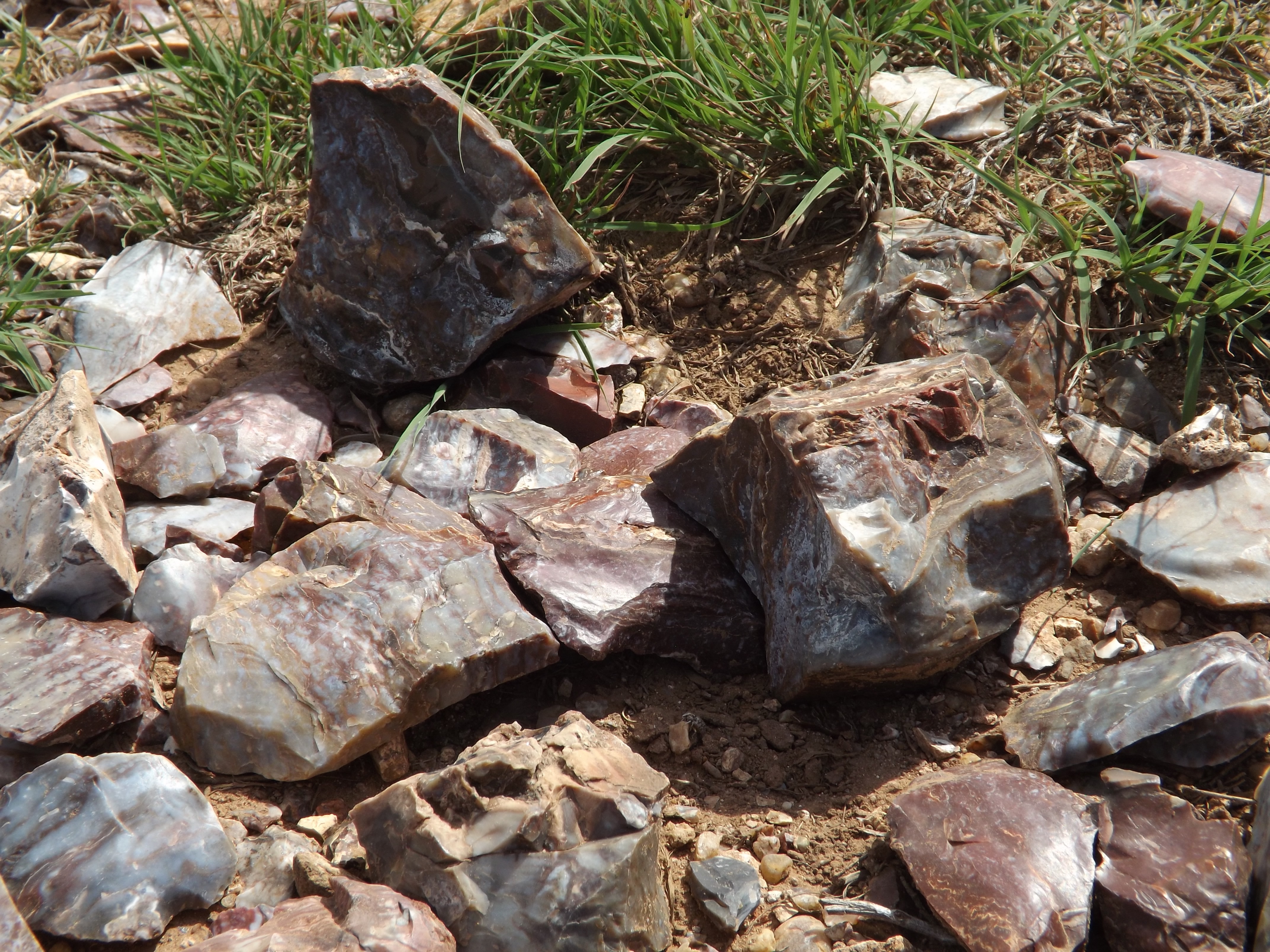
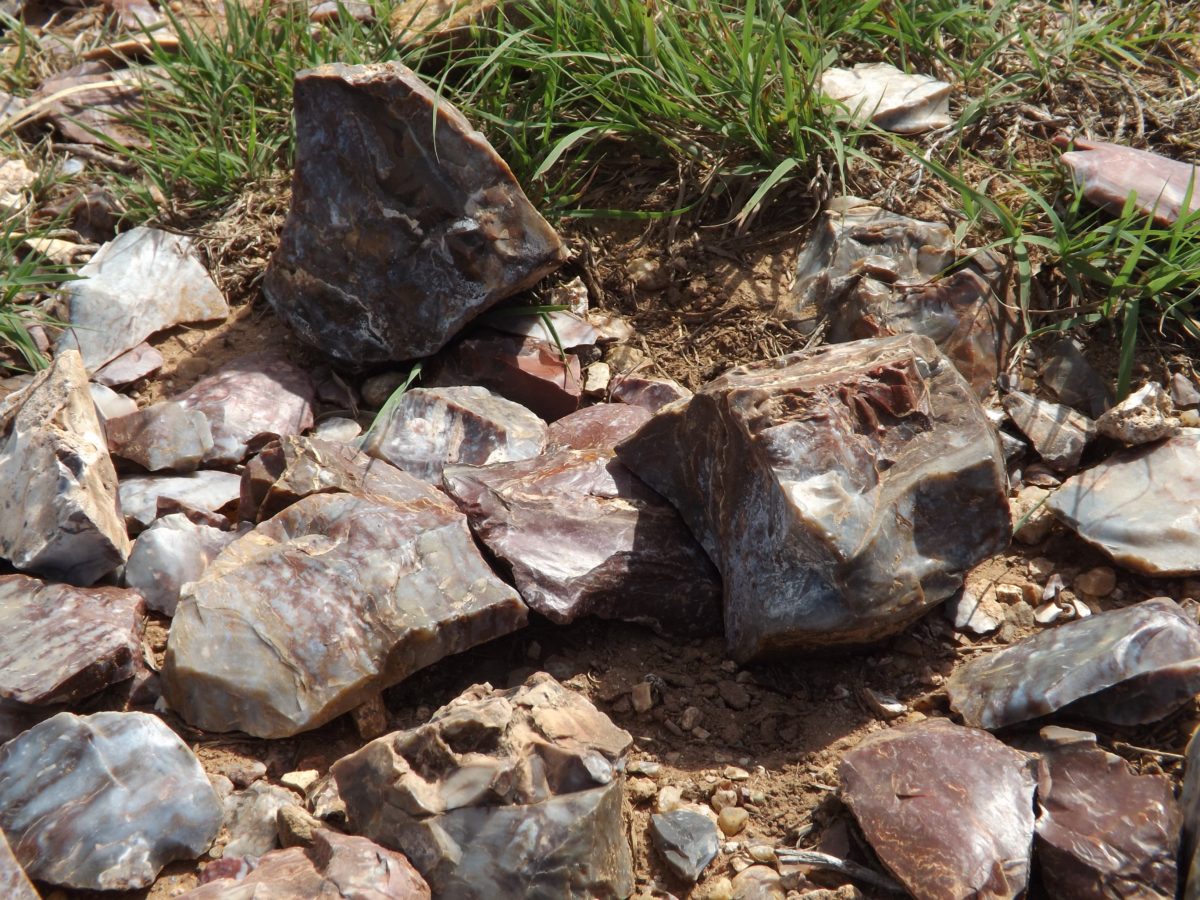
1 thought on “Out of the way units: Alibates Flint Quarries National Monument”
Comments are closed.